Gigi Scaria, Phantom Limb (Still), 2024. All images courtesy: the artist and NewArtX
In this series of conversations, curator and writer, Manan Shah shares a common questioner to some of the most celebrated artists like Gigi Scaria (among others to follow). These conversations, presented as interviews and essays, not only offer a valuable perspective on the evolving role of digital art within the contemporary art landscape but also explore how artists primarily working with traditional mediums perceive and approach digital fine art, examining its scope and significance.
Gigi Scaria’s practice as a visual artist began to make art, reflecting the impact of city life. He primarily worked as a painter and sculptor, focussing on the mapping of the ‘city’ itself. Scaria is interested in documenting social space in a drastically changing urban environment, with concomitant implications on psychological experience.
Gigi Scaria, Phantom Limb, NewArtX 2024.
Manan Shah (MS): What is your earliest encounter or memory with a digital medium before you evolved and established yourself as a very deft sculptor and painter?
Gigi Scaria (GS): My earliest encounter with anything digital was through the darkroom. When I was ten, a 19-year-old photography graduate set up a studio next to my house. I spent hours there, absorbing everything from portraiture to event photography, more than that I spent my time developing negatives and printing by hand. I learned the meticulous, physical process of image creation, even designing intricate album covers manually, long before digital tools existed.
This immersion naturally led to me taking photographs with a Yashica camera. It was not a formal training, but an organic absorption of technical skills. While my later focus shifted to painting and art college, this foundation of image-making endured. My interest in the “digital” truly took shape through my parallel passion for filmmaking. Early exposure to film appreciation courses in Kerala, and the works of Satyajit Ray and Bergman, deeply engaged me with visual storytelling.
My digital practice is not a casual pursuit; photography has always been serious for me. I have used a camera for decades, from Canon to my current Sony. My profound interest in both still and moving images is inextricably linked to my digital work today.
Gigi Scaria, Who Deviated First, 2025.
MS: The introduction of any new art medium often sparks debate about its legitimacy, a criticism we are now seeing directed at digital art as well. Given this historical context, how crucial is the ethos of co-existence among various mediums, and how does that perspective inform your view on the ongoing debate about digital art’s validity, particularly in the context of work created by platforms like NewArtX?
GS: That’s a very perceptive point about the perception of digital art, and I agree, the criticism can have validity. There is certainly a realm of digital work that, after a single glance, loses its appeal entirely. For me, that stems from a fundamental misunderstanding or misuse of the medium, a focus on mere ‘visual or decorative elements’ rather than genuine artistic intent. But if we set aside those instances, and acknowledge that like any medium, many are using it with incredible skill and depth, the process, to my understanding, is remarkably similar to traditional art-making.”
Consider digital photography, for instance. Even if it is a ‘one-click’ act at the moment, the accumulation of those clicks over time forms a body of work. When you revisit your archive, you clearly see your initial focus and evolving themes. In a way, photography can often be more inherently conceptual than the ‘real act’ of making a physical artwork, precisely because it involves arresting time. If you consistently revisit a geographical location, perhaps every couple of months, that series of images transcends mere snapshots. It becomes a temporal study, reflecting the socio-political shifts, geographical changes, and even the subtle evolution of color tones over time.
These intentional approaches existed, and continue to exist, in digital art. So, we cannot dismiss the medium entirely. The mockery often comes from the prevalence of poorly executed digital collages or haphazard assemblies that unfortunately became a common, almost stereotypical, representation of ‘digital art’ in our collective imagery. It is akin to how, as children, certain abstract images immediately sprang to mind when we heard ‘modern art’ – a limited perspective born from early exposure.
But truly remarkable digital art, much like an exceptional traditional collage, transcends these narrow definitions. I think of the radical paper-cutting collages of C.K. Rajan, which were exhibited in Max Muller Bhavan in the 90s. His work, though technically ‘collage,’ went far beyond simple paper cutting. The way he brought disparate images together created something eerie, surreal, and unexpectedly powerful. It defied easy categorization.
When we apply restrictive labels based on the medium, we often confine our understanding to traditional approaches. However, if we are willing to set aside the ‘less conceptually driven’ digital art that has unfortunately flooded our screens, we can see that digital art is an amazing, incredibly powerful medium. For any contemporary artist, the potential is immense, but it requires a discerning eye and a commitment to genuine artistic expression, not just digital manipulation.
MS: There is significant discourse around creative practitioners needing to evolve and adapt to remain ‘relevant’. To what extent does the current ‘call’ to engage with digital mediums is a response to this pressure for relevance or is it a more organic response to new creative possibilities and artistic impulses?
GS: What one artist is comfortable with, what their particular focus is, can vary wildly. The real question is whether they have genuinely attempted to break new ground within their existing practice. If they have, and found something meaningful, then by all means, that push is vital to continue.
However, if an artist is already established in a particular style and simply is not interested in exploring new territories – if they are content to declare that anything outside their comfort zone is not ‘good’ – then that’s their prerogative. You can always talk about ‘pushing boundaries’ and ‘breaking barriers’ in theoretical terms, but in reality, whether someone actually does it is a deeply individual choice. And I do not believe the drive to constantly push boundaries remains as strong as one ages; creativity, like anything else, has its limits for each individual.
We do not live in a world where everyone can be omnipresent or omnipotent, effortlessly absorbing and processing every new idea. Even as a younger person, how much can you truly take in from the ‘cutting edge’ without filtering it through your own established critical perspective? You assess new developments through the lens of your own accumulated understanding, however narrow or wide that perspective might be. This self-created framework is crucial, because ultimately, any meaningful criticism or appreciation, any full embrace of new ideas, stems from that very personal viewpoint you cultivated.
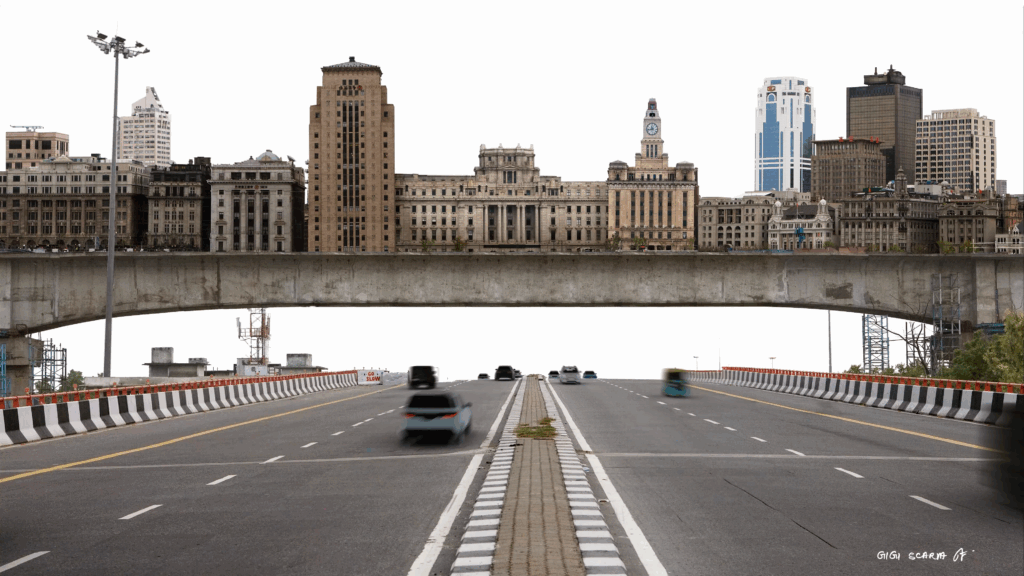
Gigi Scaria, Face to Face (Day), 2025.
MS: We as curators, artists or in general, the creative practitioners with due experience and exposure are subconsciously trained ourselves to look at visuals and tend to see through the layers of through and approach, it becomes relatively easy for us to understand the seriousness of the practice or exploration compared to the audiences. Therefore, when an artist with a strong established practice in traditional mediums, with the increasing push towards digital art explores a new medium, it might be perceived by some as a compromise or even a dilution of an artist’s vision.
How do you approach navigating this rapidly evolving digital landscape, and what, in your view, is the true potential of digital art beyond what might be considered merely decorative? How do you address the concern that such a move could inadvertently dilute or even jeopardize a well-established artistic practice, particularly when viewed by a critically trained eye that might find the digital output less convincing?
GS: It is a valid concern, that push towards digital mediums, especially when an artist of a certain stature engages with it, and the potential for it to feel unconvincing to a trained eye. However, I see it less as jeopardizing one’s practice and more as navigating a rapidly evolving landscape, though I agree, not all digital art is created equal.
What we are witnessing is a spectrum. Artists are simply animating existing paintings, which, while interesting, is not truly leveraging the full potential of the digital realm. Often, the current ‘currency’ of these digital pieces, like NFTs, lies in their virtual platform existence and limited editions. But the capabilities extend far beyond simple animation. With AI and interactive programming, you can create programs that are, in themselves, integral parts of the artwork. Take a landscape artist using these tools to generate movement; it is a step, but still far from what’s possible. I am not even sure we fully grasp the ultimate potential of digital art yet.
I recently saw something remarkable in Dubai: a Chicago gallery showcasing a digital print so seamlessly integrated it looked like a traditional black and white photograph. Only when it subtly shifted to another image, with a barely perceptible flicker, did I realize it was a digital display on a screen as thin as a plastic sheet. This reveals an almost unimaginable scope for exploration. We are currently scratching the surface with coded, randomly generating, infinite images, but the true challenge is creating an illusion that transcends mere digital trickery and transports the viewer into an entirely new space.
The complexity lies in the blend of skills. An artist who is also an expert in coding or programming can achieve something far more profound. They understand the intricacies of the hardware, the software, and how algorithms translate into visual experiences. Someone like me, at 51, might find it challenging to delve into the complex logic of algorithms and coding to the same extent as someone who has grown up immersed in that digital language. It is a specialized study. So, while I strive to explore these new avenues, the ultimate breakthroughs will likely come from those who possess both a strong visual arts background and deep technical fluency.

Gigi Scaria, Face to Face (Night), 2025.
MS: We have discussed how the perception of digital art is often limited by a narrow, preconceived imagery. However, where do you place yourself redefining the scope of digital art within the context of India capitalising to the best potential of this medium?
GS: That’s a very pointed and crucial question about the push towards digital mediums, especially for an established artist like myself, and whether it risks merely following a trend or compromising one’s practice. It’s a complicated landscape right now.” Gigi pauses, considering.
My interest and inquiry within the fold of digital art is focused on raising a fundamental question: how do we truly value digital art? In the Indian context, there’s a strong preference for tangible, solid works – canvas, sculpture. Paper, for instance, is often considered fragile and less valuable, despite its artistic merit, due to concerns about longevity. Digital art, being intangible, faces an even steeper uphill battle in terms of traditional market acceptance and monetary benefit.
Perhaps we are at a very nascent stage where the excitement lies in pushing boundaries and exploring how digital forms can impact social thinking, much like social media does. Millions are affected by what they see digitally, yet the art world is still figuring out how to assign value, how to preserve these works, and how to integrate them into established systems. Think of a performance artist like Tino Sehgal, whose work’s value is not tied to a physical object but to the ephemeral experience itself. Digital art might require a similar paradigm shift in how it’s bought and sold, moving beyond conventional transactional models.”
The market’s resistance is not just for digital art. Photography, and even printmaking, have struggled for acceptance in India until very recently, with only a few pioneers like Dayanita Singh or Gauri Gill gaining substantial recognition. We lack a widespread ecosystem of collectors and institutions deeply invested in these non-traditional mediums, unlike in the West.
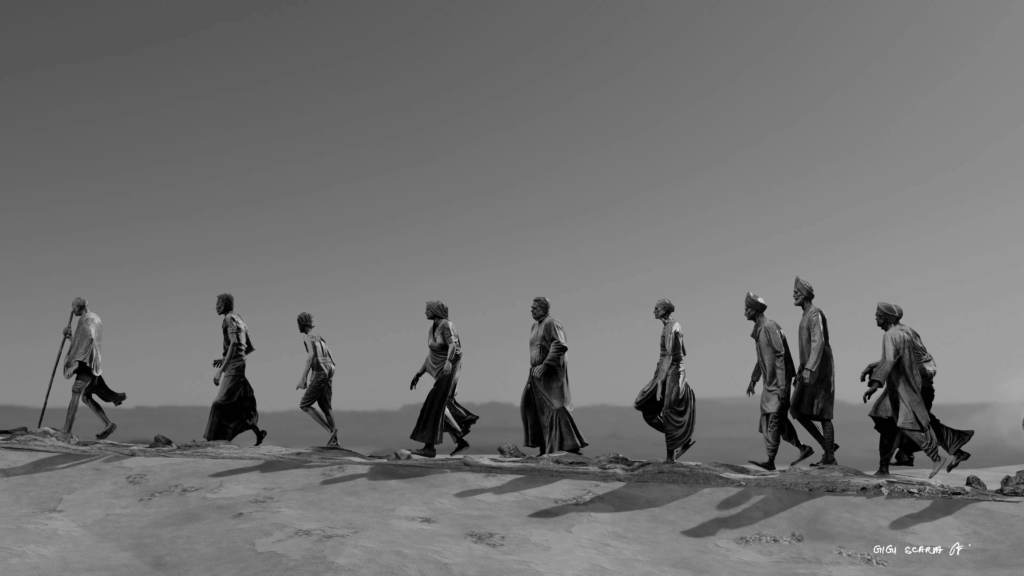
Gigi Scaria, Who Deviated First, 2025.
MS: What is the role of NewArtX in breaking away from the conventional notions of medium and truly shaping a new understanding of what digital art can be as well as their role in collaboration with you?
GS: So, what prompted me to engage with NewArtX? My interest stems from a long-standing practice of collaborating with technologically proficient individuals for my digital images and videos. I have always worked with editors and professionals to realize my visions. NewArtX offers something invaluable: a large team of trained professionals who can translate complex artistic concepts into digital realities. As an artist, finding such a robust technical platform, capable of handling everything from coding to intricate programming, is incredibly rare. It is an abundance of infrastructure where there might not be enough artists yet to fully challenge its capabilities.

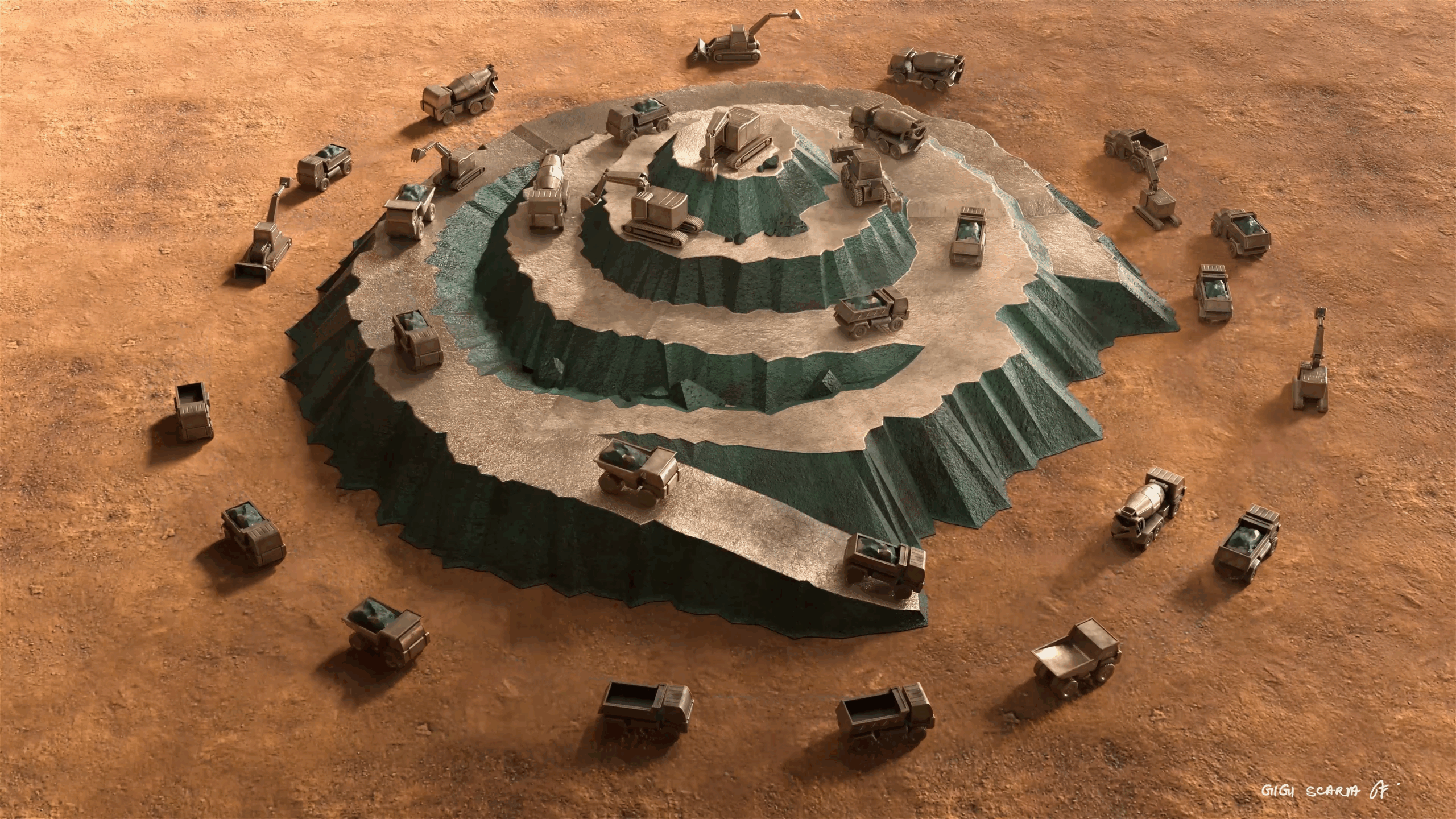

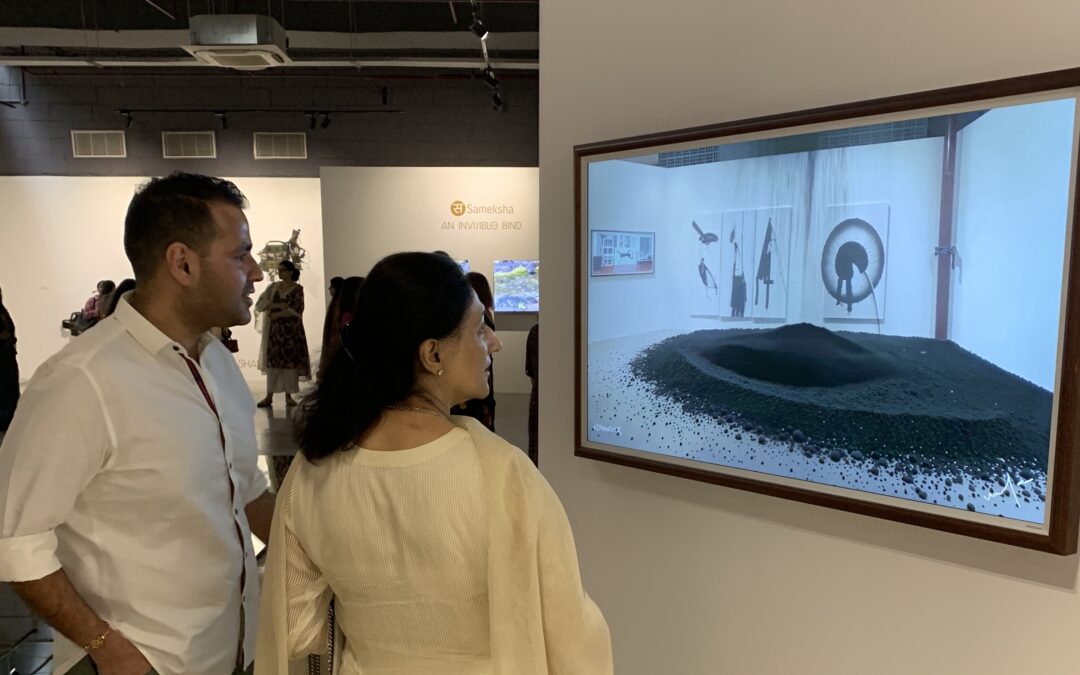
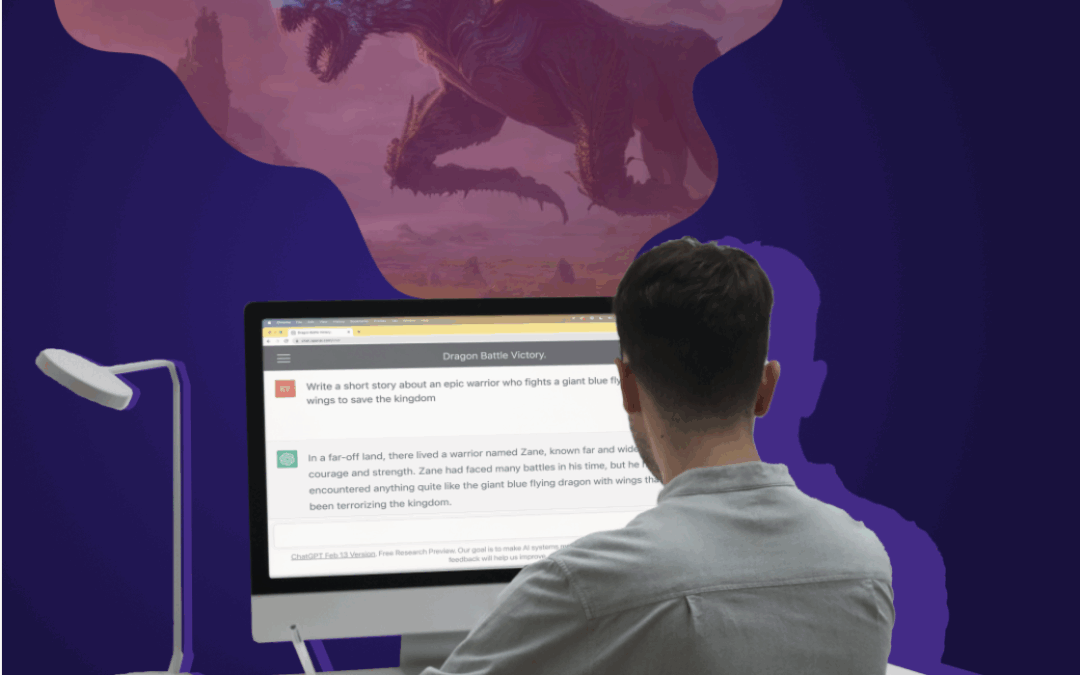
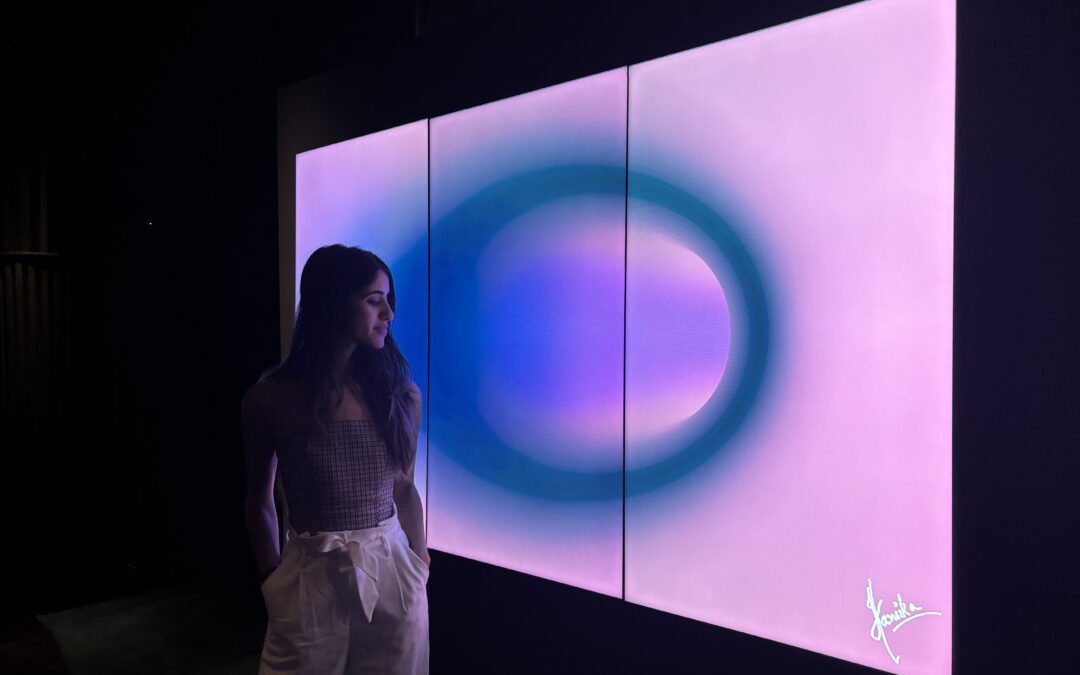
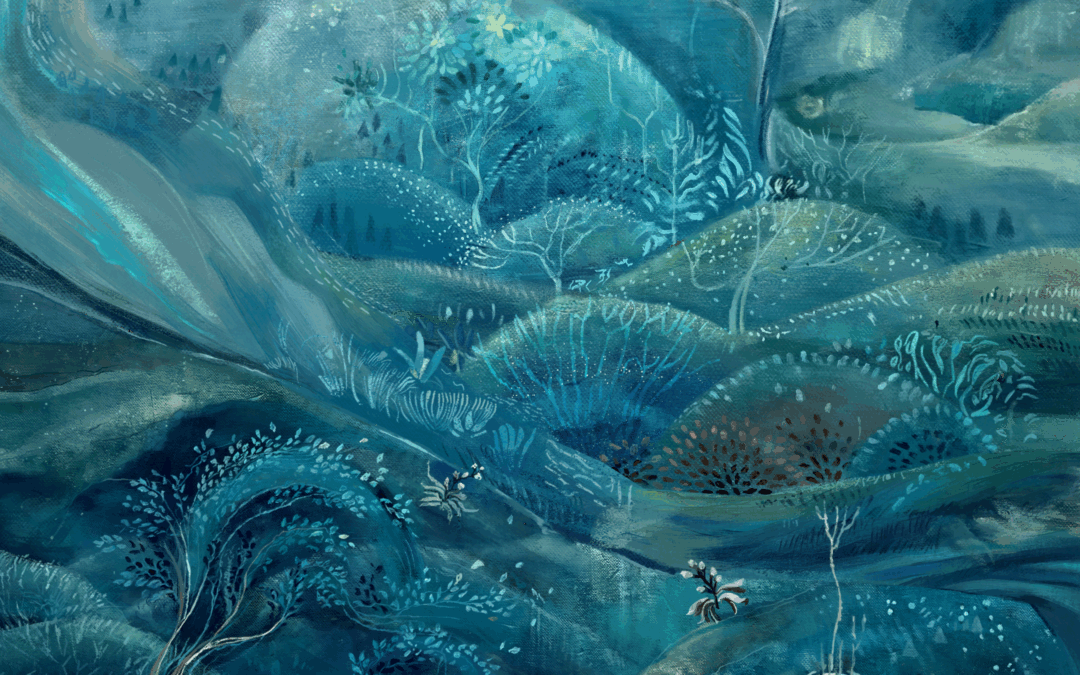
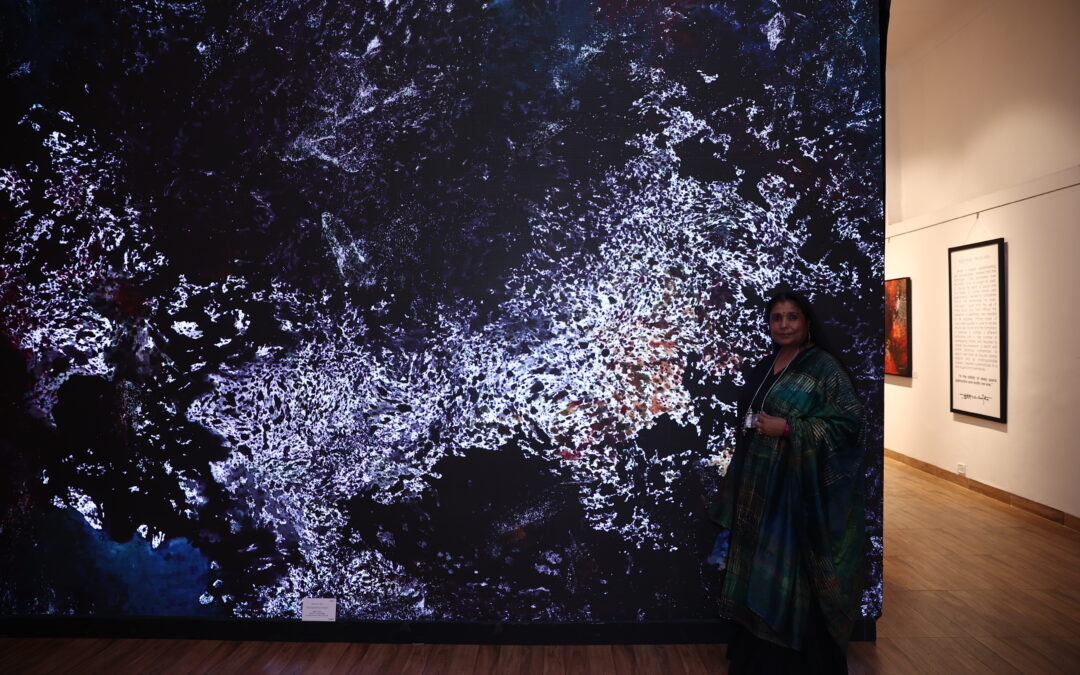
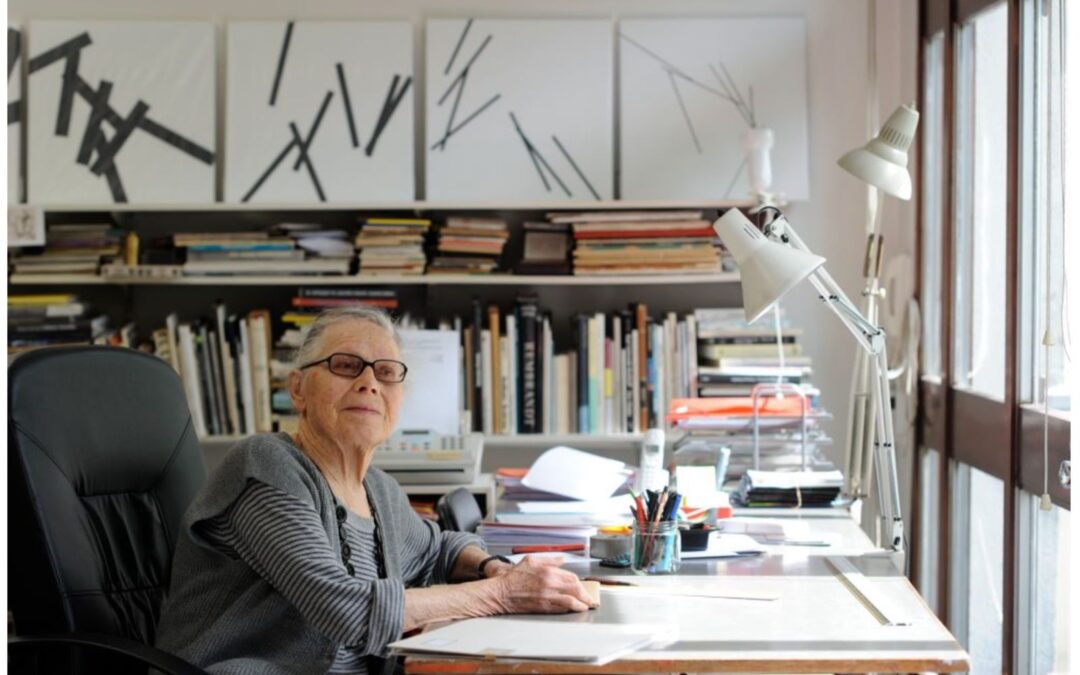
0 Comments